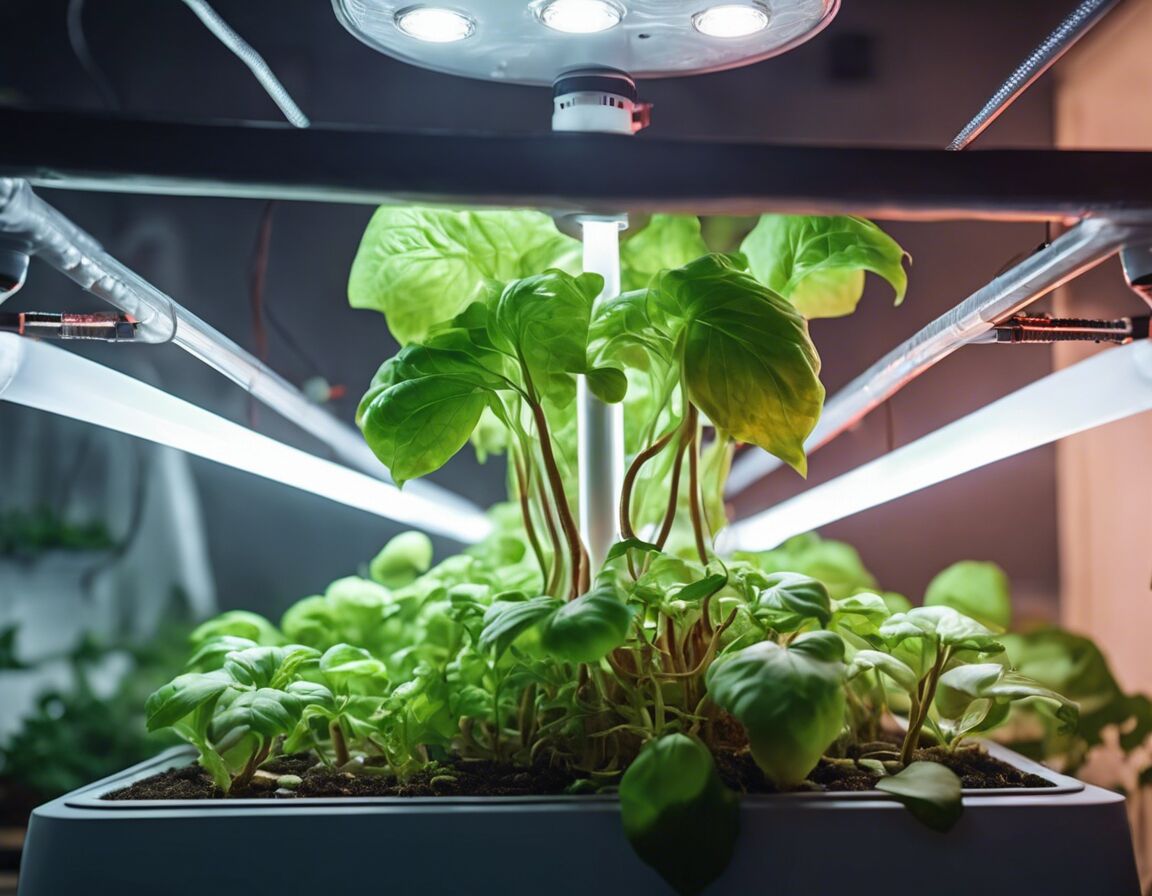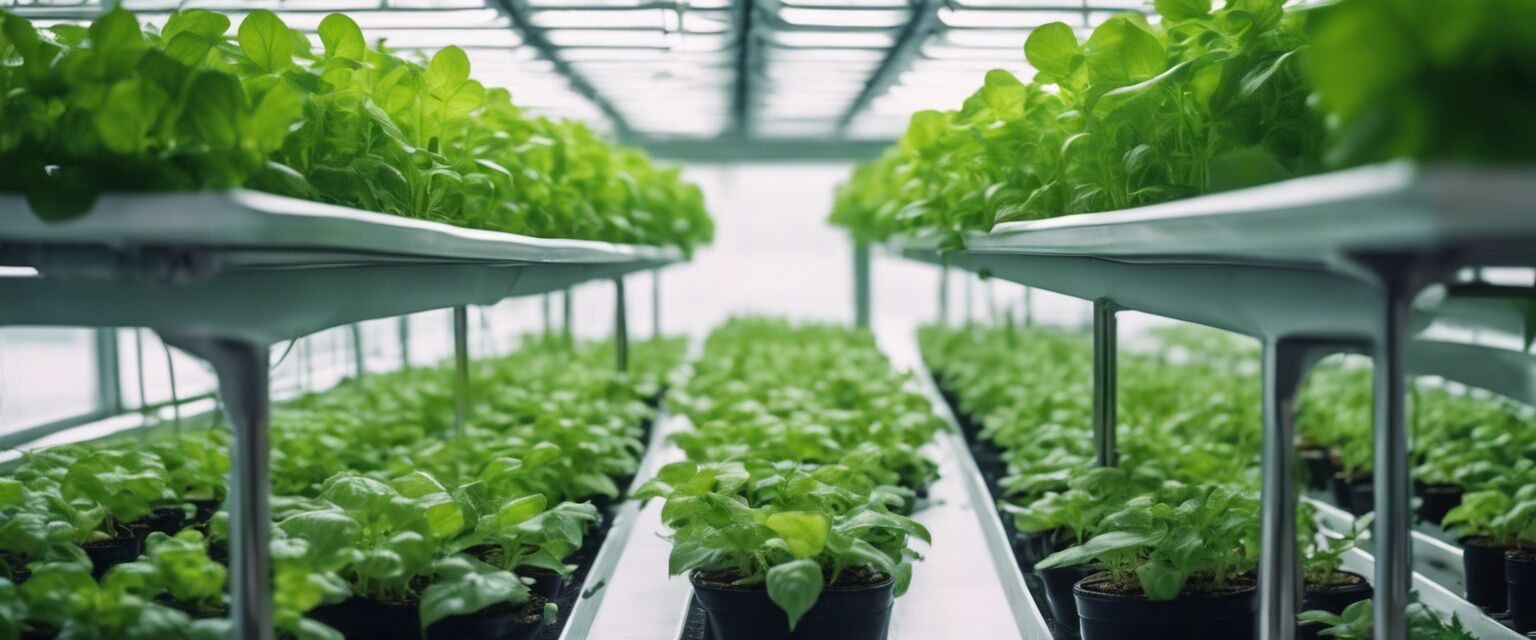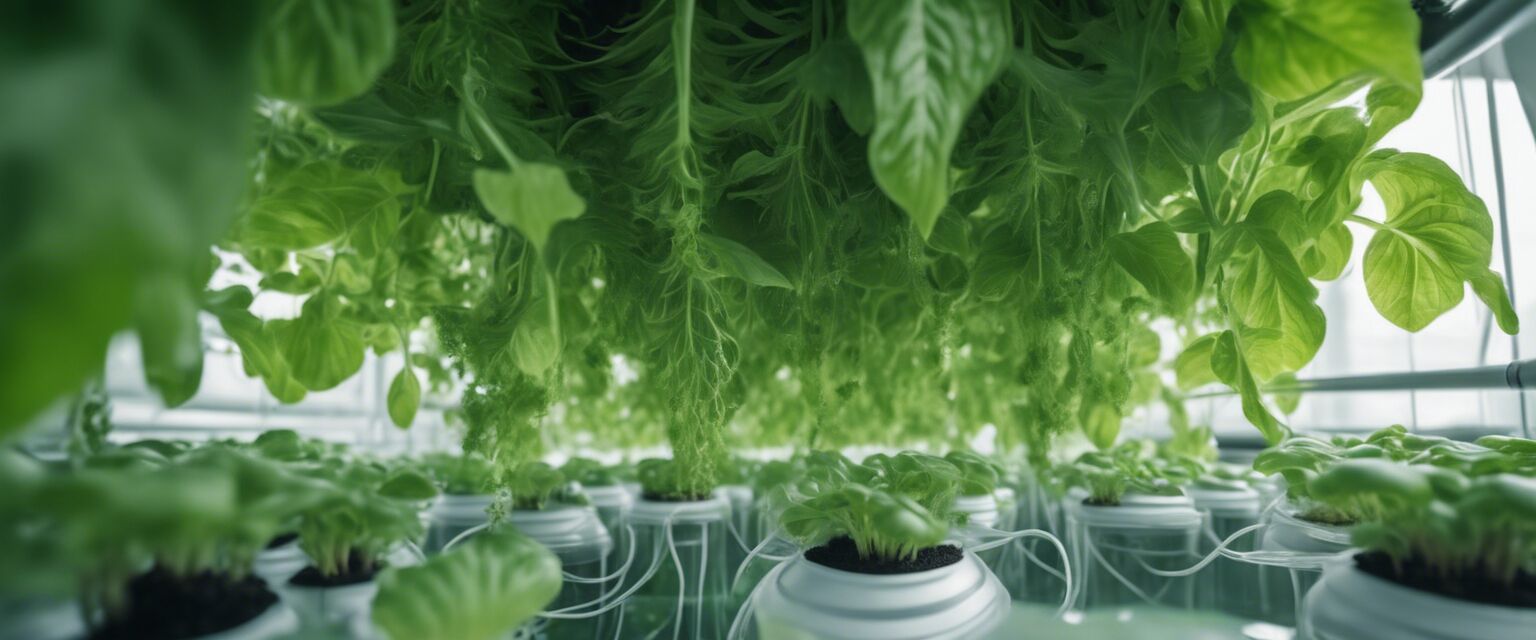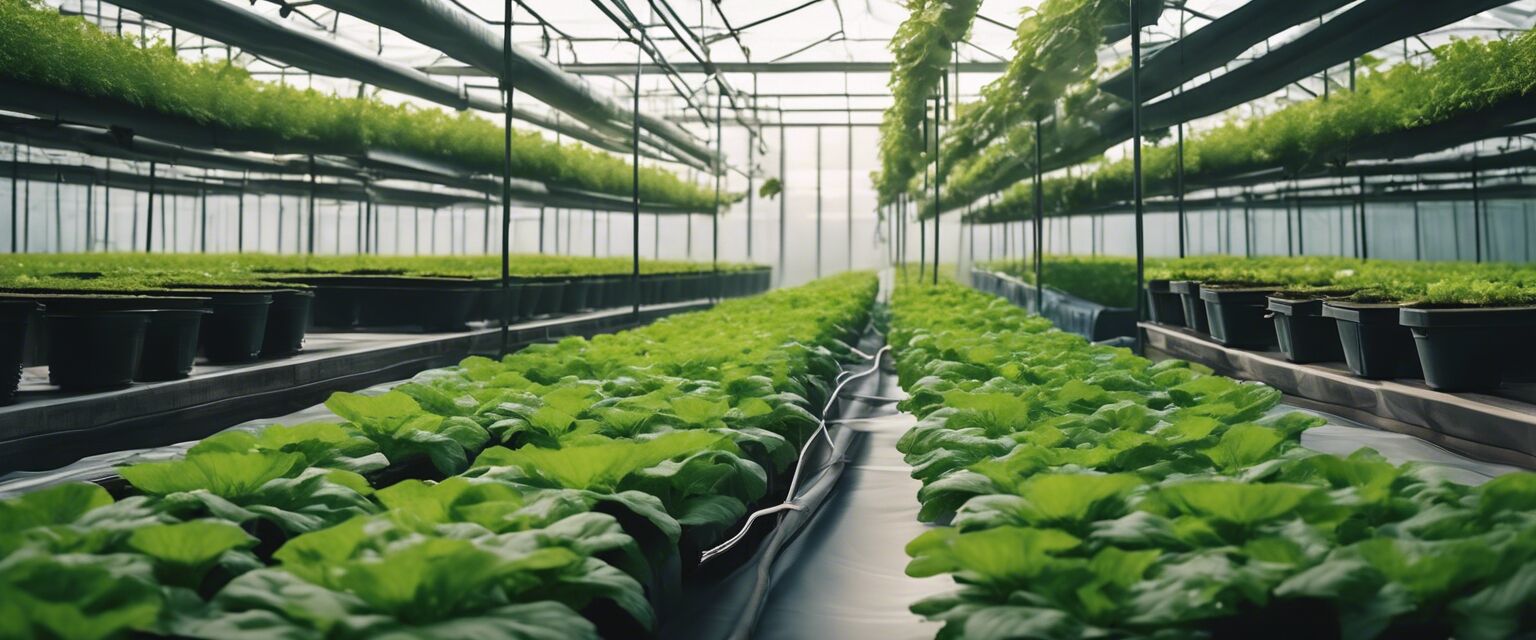
Hydroponics for Beginners
Key Takeaways
- Hydroponics is a soil-less method of growing plants using nutrient-rich water.
- Understanding the basic systems, nutrients, and care is essential for beginners.
- Common hydroponic systems include Deep Water Culture, Nutrient Film Technique, and Ebb and Flow.
- Proper lighting and environmental control are crucial for successful growth.
Starting a hydroponic garden can be an exciting venture for beginners. This guide will provide you with all the essential information you need to get started with hydroponics, including types of systems, necessary equipment, and care tips.
What is Hydroponics?
Hydroponics is a method of growing plants without soil, using nutrient-rich water instead. This technique allows for faster growth and higher yields compared to traditional soil-based gardening.
Benefits of Hydroponics
- Water-efficient: Uses significantly less water than traditional gardening.
- Space-saving: Ideal for urban environments where space is limited.
- Faster growth: Plants often grow faster due to optimal nutrient delivery.
- Pest and disease control: Reduces exposure to soil-borne pests and diseases.
Types of Hydroponic Systems
| System Type | Description | Pros | Cons |
|---|---|---|---|
| Deep Water Culture (DWC) | Plants are suspended in a nutrient solution, with roots submerged in water. | Simple setup, fast growth. | Requires oxygenation of the water. |
| Nutrient Film Technique (NFT) | A thin film of nutrient solution flows over the roots. | Efficient use of nutrients, minimal water use. | Requires constant monitoring to prevent pump failure. |
| Ebb and Flow | Floods the plant roots with nutrient solution and then drains it back. | Flexible for various plants, good oxygenation. | More complex to set up and maintain. |
Essential Equipment for Hydroponics
To get started with hydroponics, you'll need some essential equipment:
- Hydroponic system: Choose a system that suits your space and plants.
- Grow lights: Necessary for indoor setups to provide adequate light.
- Nutrients: Specialized solutions are needed for plant growth.
- Growing media: Options include rock wool, clay pellets, or perlite.
- Pumps and aerators: Ensure proper water circulation and oxygenation.
Growing Media Options
| Media Type | Pros | Cons |
|---|---|---|
| Rock Wool | Excellent water retention and aeration. | Can be difficult to dispose of. |
| Clay Pellets | Reusable and environmentally friendly. | Drains quickly, may require frequent watering. |
| Perlite | Lightweight and promotes good aeration. | Poor water retention compared to other media. |
Choosing the Right Nutrients
Nutrients are key to successful hydroponics. They should include:
- Nitrogen
- Phosphorus
- Potassium
- Calcium
- Magnesium
- Trace elements (iron, manganese, zinc, etc.)
Feeding Schedule
Follow a feeding schedule to ensure plants receive adequate nutrients:
| Plant Stage | Nutrient Ratio |
|---|---|
| Seedling | 1:1:1 |
| Vegetative | 3:1:2 |
| Flowering | 1:2:3 |
Lighting for Hydroponics
Proper lighting is crucial for hydroponic growth. Consider these options:
- LED Grow Lights: Energy-efficient and long-lasting.
- Fluorescent Lights: Good for seedlings and vegetative growth.
- High-Intensity Discharge (HID): Great for large setups but generates more heat.

Temperature and Humidity Control
Maintaining the right temperature and humidity is vital for plant health. Ideal conditions are:
- Temperature: 70°F to 75°F (20°C to 24°C)
- Humidity: 40% to 60%
Use temperature and humidity control devices to maintain these levels.
Common Mistakes to Avoid
Tips for Beginners
- Start small: Begin with a few plants to learn the system.
- Monitor pH levels: Keep pH between 5.5 and 6.5 for optimal nutrient absorption.
- Regularly check water levels: Ensure your reservoirs are topped off.
- Be patient: Plants may take time to adjust to a hydroponic system.
Conclusion
Hydroponics is a rewarding way to grow plants without soil. By following this guide, beginners can set up their hydroponic systems and enjoy the benefits of home-grown produce. For more information on specific hydroponic systems and equipment, check out our Hydroponic Systems and Nutrients and Solutions pages.
Pros
- Efficient use of resources
- Year-round growing potential
- Higher yields compared to traditional methods
Cons
- Initial setup costs can be high
- Requires consistent monitoring and maintenance
- Potential for system failures if not managed properly

With dedication and the right knowledge, anyone can successfully grow plants using hydroponics. Dive into this fascinating world and enjoy the fruits of your labor!






